Members directory

Miss
EdnaDzifa
Doe, Ph.D.
Leishmaniasis - sand flies - Infectious diseases
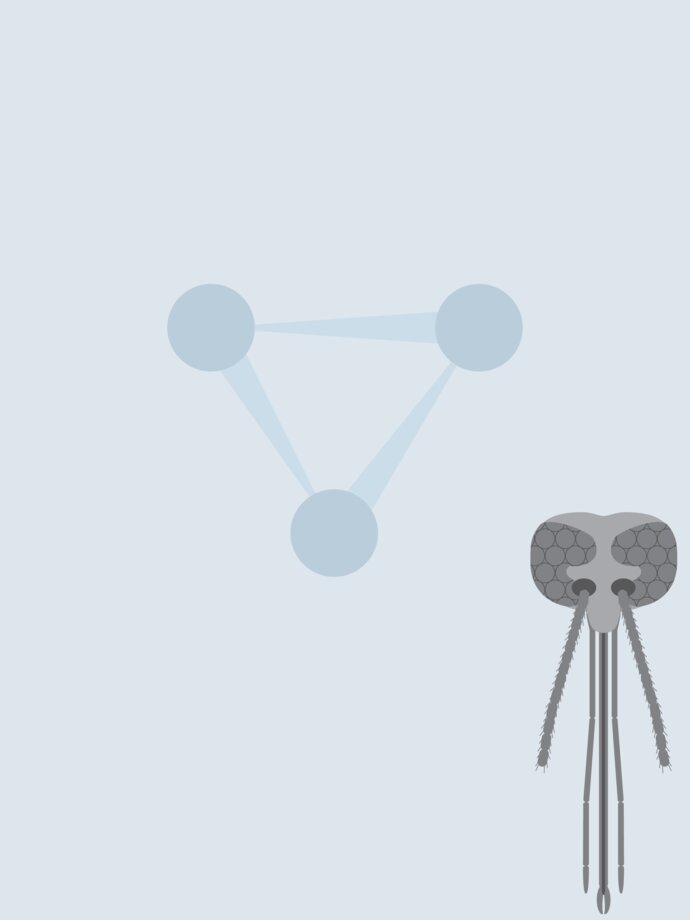
Dr
Souleymane
Doucoure
Vector control and biology
Vector/host interactions
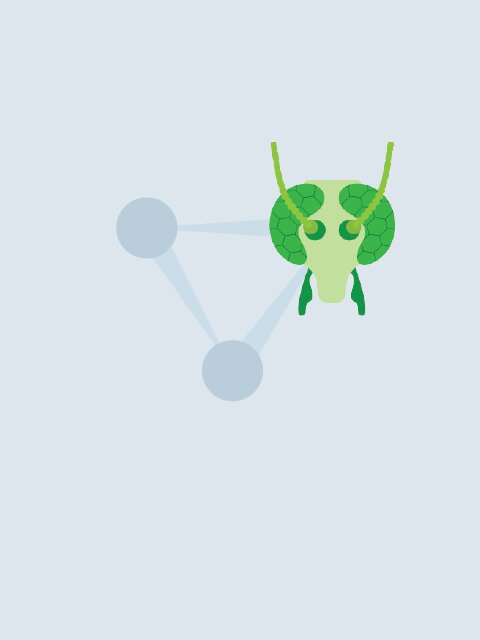
Dr
Jean-Bernard
Duchemin
Trapping and ecology, vector competence

Dr
Pronesh
Dutta
I have interest in wildlife animal diseases. I want to know details about biting midges, their life cycle, effect on animals and remedy from them. I did work on antimicrobial resistance of Rhesus monkey. I am interest in work on controlling vector borne disease of livestock as well as wild animals. That I can take steps to conservation of last member of extinct species of wildlife. I want to build my carrier as a wildlife biologist and conservationist in future.

Dr
Shusmita
Dutta Choudhury
Epidemiology of Vector-Borne Zoonotic diseases, Vector control and management, Emerging Infectious disease.

Dr
Vit
Dvorak
Biology of bloodfeeding insects, vector-borne diseases, ecology of sand flies (Diptera: Phlebotominae), molecular taxonomy and phylogeny, epidemiology of Old World leishmaniases
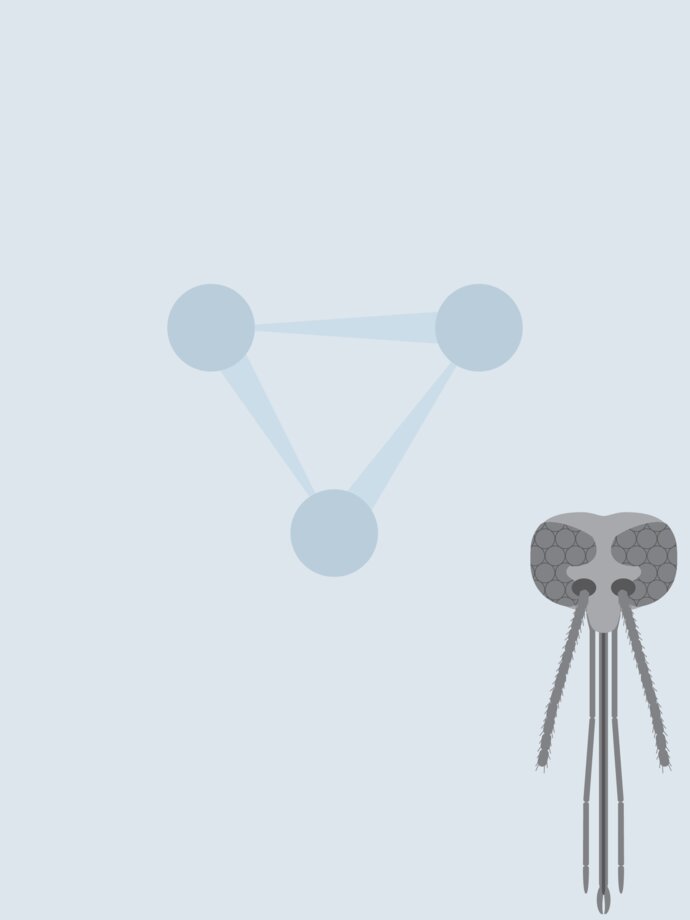
Dr
Matthew
Edgington
Mathematical modelling of gene drive systems for the control of mosquito populations and mosquito-borne pathogens.

Dr
Dima
El Safadi
Parasitic infections including Cutaneous Leishmaniasis and Sand flies
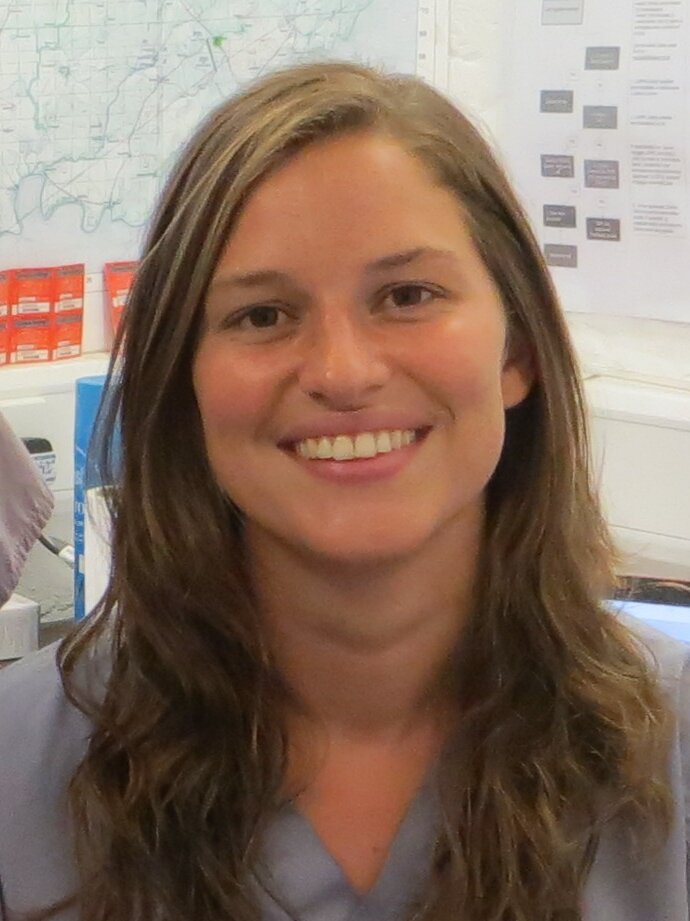
Dr
Marion
England

Dr
Kamil
Erguler
Climate impact assessment on the global burden of vector-borne diseases. Mathematical modelling of population dynamics and disease epidemiology for various vectors and pathogens.

Dr
Ozge
Erisoz Kasap
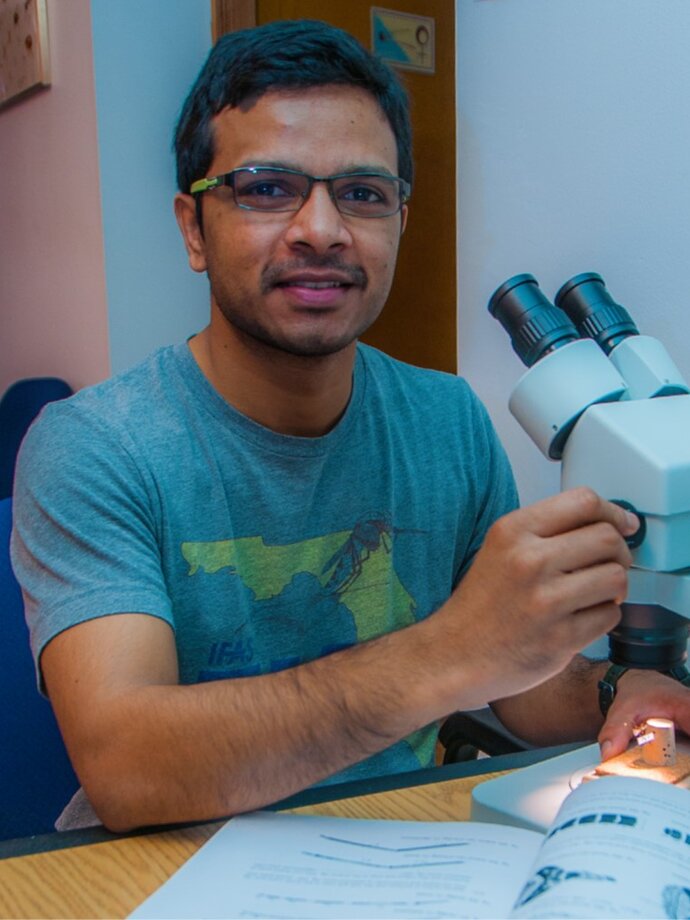
Dr
Dinesh
Erram
Biology, ecology, surveillance, and management of arthropods of medical and veterinary importance.

Mr
Denis
Escobar
My main areas of interest are related to the study of biological aspects of mosquitoes (mainly Anopheles albimanus and Aedes aegypti) to improve the impact of vector control tools, studying aspects of insecticide susceptibility, bionomics and biological diversity with molecular approaches. Also, I´m very interested in evaluating behavioural changes and see the potential genetic influence on behaviour and mosquitoes adaptation.
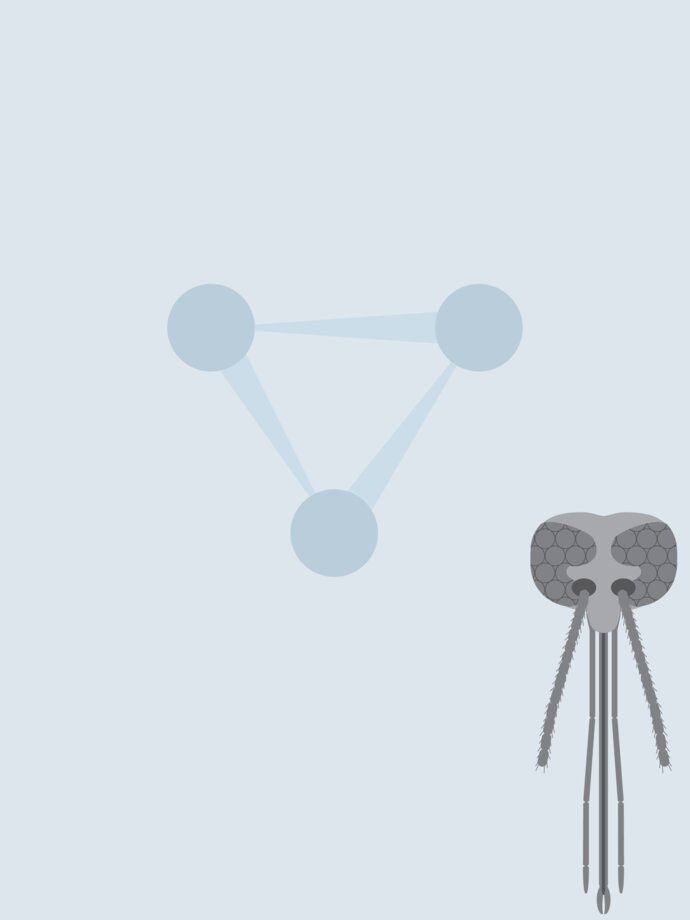
Mr
Carlos
Estevez-Castro
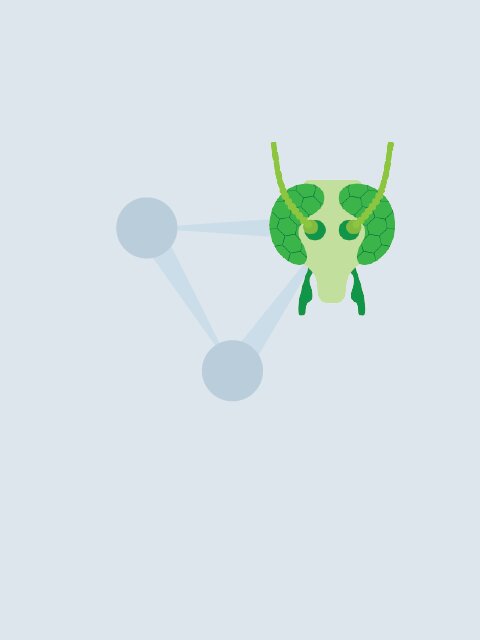
JR
Ewing
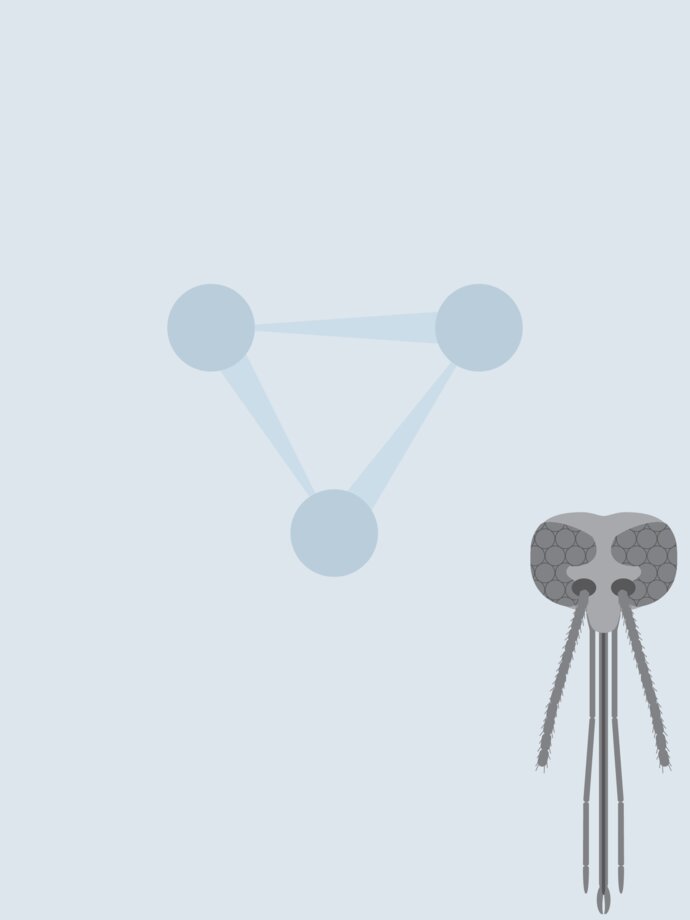
Dr
Ifeoluwa
Fagbohun
Mosquito ecology
Insecticide resistance

Miss
Tasnim
Faiez

Dr
Moussa
FALL
I am interested in Culicoides and particularly in the Afrotropical region to improve our knowledge on species of veterinary (ie specify the main species vectors and pathogens that they are likely to transmit); their distribution and abundance according to different ecosystem and livestock level. Indeed, I did my thesis work on culicoides in relation to African horse sickness in equestrian centers in the Niayes area. However, it would be interesting to reproduce this work in cattle and small ruminants farming (modern and traditional). The aim is to contribute to the fight against these insects vector-borne diseases. Several insecticide products are used against nuisance insects but little is known about their effectiveness on culicoides. Thus it will be interesting to test culicoides susceptibility on active ingredients and evaluate the effectiveness of some insecticide products against field culicoides populations.

Miss
Shyla
Faria
Vector control, disease surveillance, epidemiology, etc

Mrs
Emanuelle
Farias
In biting midges (Culicoides) studies conducted in the Brazilian Central Amazon, high diversity indices were found, with 46 species, five species new to the reticulatus group and 39 morphotypes in seven subgenera that could not be identified by classical morphology due to variations. morphological for valid species. This situation should be repeated in several areas in the Amazon, making it necessary to add other combined methods of morphological diagnosis, such as morphometric and genetic analyzes, to more accurately elucidate the diversity of Culicoides.
Correct identification of an insect of economic / epidemiological interest is a basic premise for solving any entomological problem. The taxonomy of these biting midges based on their morphological characteristics is difficult due to their small size and occurrence of cryptic and complex species and those with phenotypic plasticity, which lead to misidentifications. Accurate identification is of great importance in the surveillance of arthropod-borne diseases, as large differences in vectorial capacity are found even among nearby species. My interest is to estimate the diversity of biting midges (Culicoides and Leptoconops, Diptera: Ceratopogonidae) in different regions of the Amazon, to understand biodiversity and elucidate taxonomic limits through integrated taxonomy methods.

Professor
Heather
Ferguson
Vector ecology and behaviour
Vector surveillance and control

Dr
Wilma
Fick
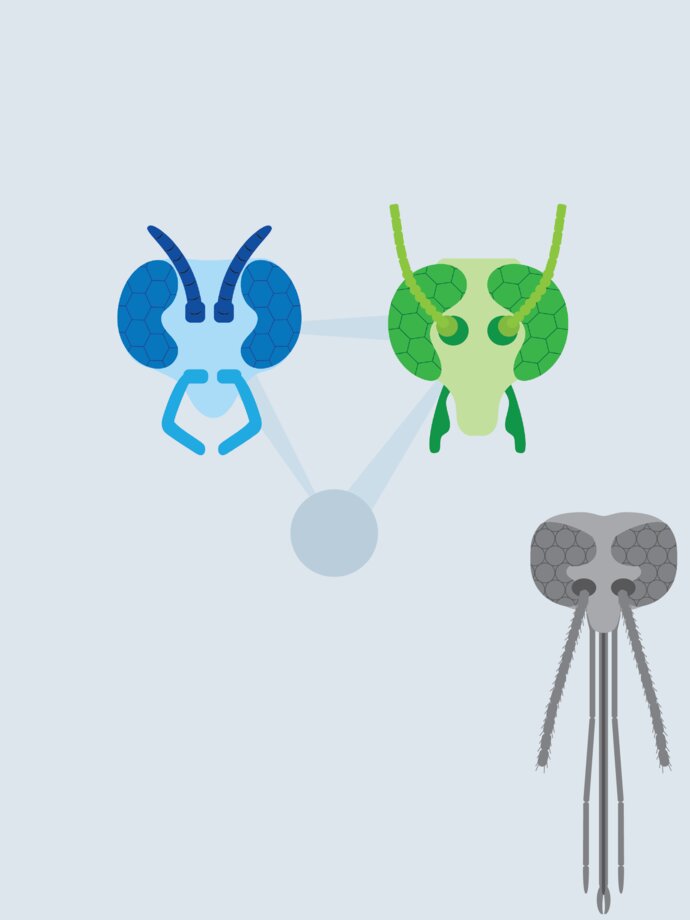
Emile
Fiesler
Biodiversity, biology, ecology, and environmental impacts, with a focus on insects & arachnids.

Dr
Mark
Fife
Mark Fife leads the Genetics and Genomics group at The Pirbright Institute. He is a complex-disease geneticist with extensive experience in complex trait analysis (QTL and association studies), candidate gene mapping and molecular biology techniques. He has produced over 45 peer-reviewed publications and book chapters in this area before becoming a group leader at the Institute. His work has been the focus of extensive genome-wide and haplotype analysis using web-based SNP selector software that he has implemented at Pirbright. This work has culminated in the identification and characterisation of several causal genes for important immune traits in chickens and potential vector competence genes in Culicoides Midges.
Dr. Fife has extensive expertise in coordinating multidisciplinary and multi-site projects. He is an active STEM (Science, Technology, Engineering and Mathematics) ambassador which creates opportunities to inspire young people and develop their creativity, problem-solving and employability skills for the UK's future competitiveness.
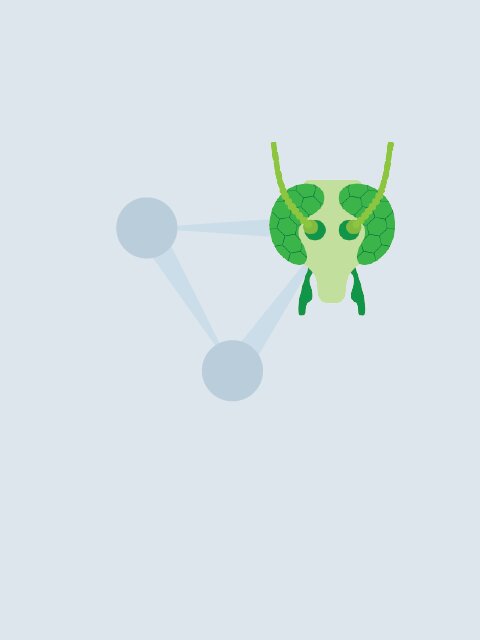
Dr
Jordi
Figuerola
Transmission dynamics of vector borne pathogens with special attention to zoonotic diseases.

Mr
Serhii
Filatov
Taxonomy
Biogeography
Vector-borne disease ecology
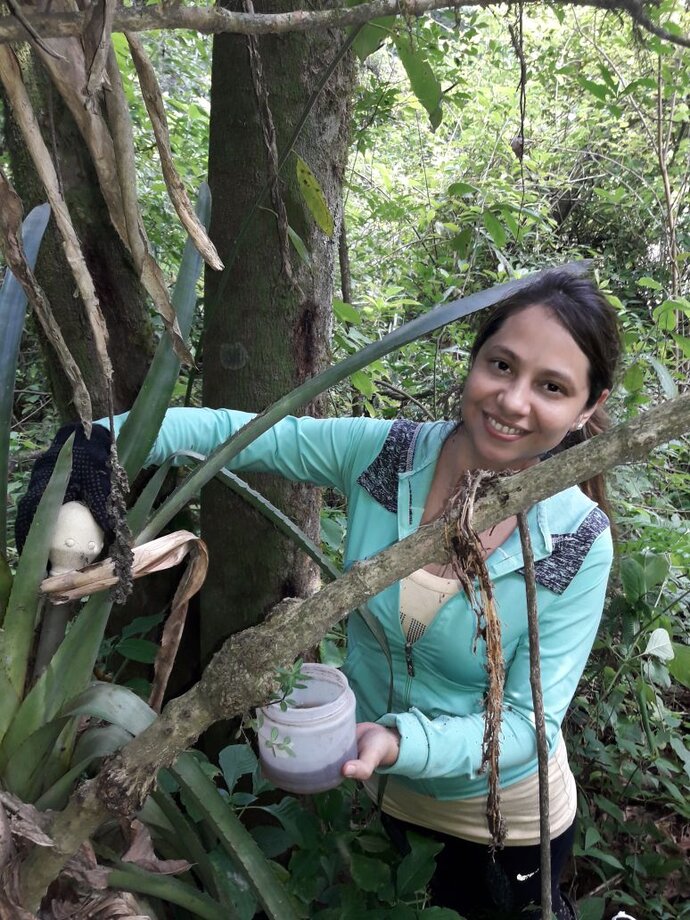
Dr
Gabriela
Flores
My research interest are the vectors of diseases that inhabit phytotelmata in the northern region in Argentina.

Miss
Sophia
Fochler

Dr
Cipriano
Foxi

Professor
Angelina
FRAGA
Culicoides and it's relationship with Bluetong

Mr
NKEMNGO
FRANCIS NONGLEY
Research interest is on application of molecular biology tools and immunological techniques in the study of vector biology for possible control and elimination.

Mr
Fredy
Galvis Ovallos
Sandflies ecology, vector capacity, transmission Dynamics
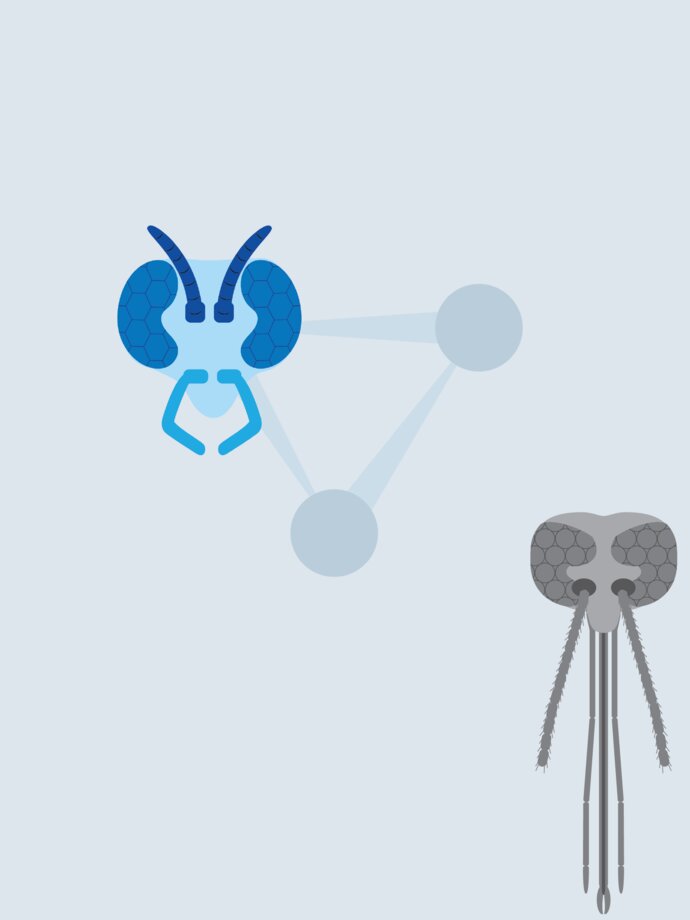
Dr
Juan José
García
Mosquitoes and blackflies biological control
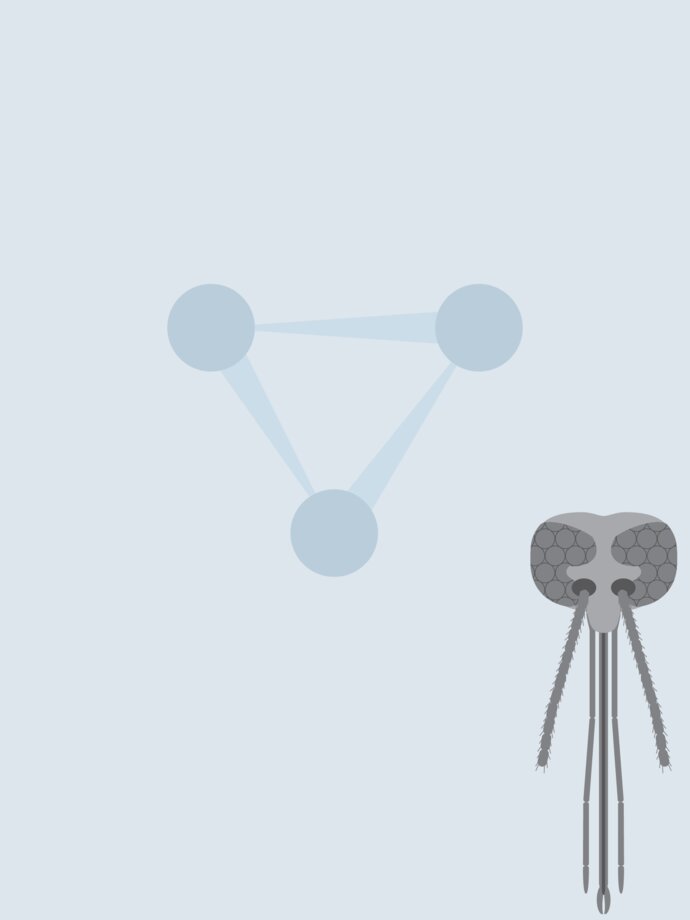
Dr
Julian
Garcia-Rejon
Mosquito ecology and arboviruses

Dr
Rajesh Babu
Garlapati
I am interested to work on sand fly ecology, behaviour, breeding sites and feeding preferences. Also interested to learn about gnats and black flies also.
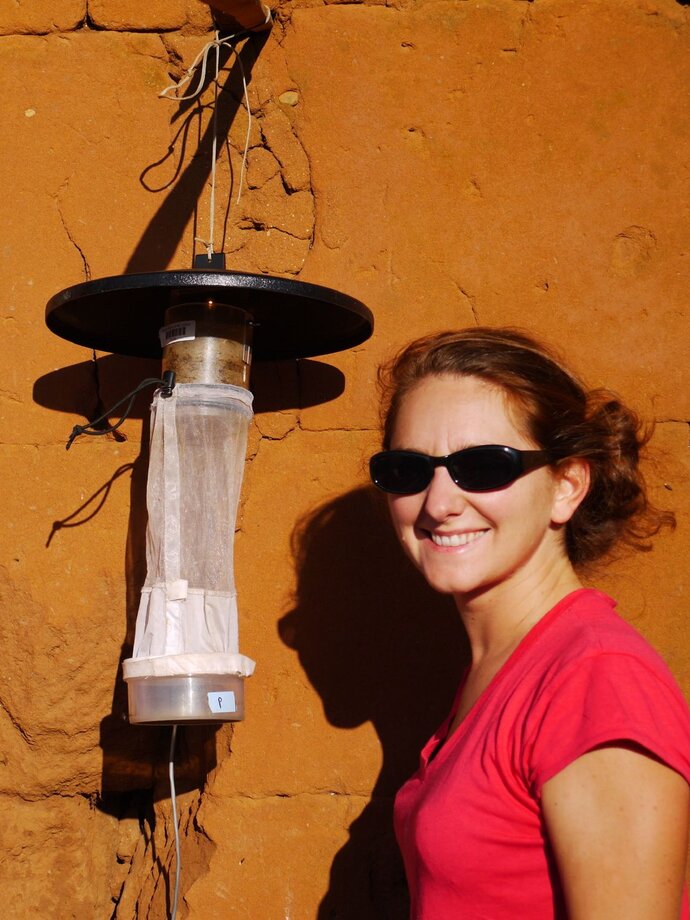
Dr
Claire
Garros
ECOLOGY OF VECTOR BORNE DISEASES
culicoides taxonomy, biology, ecology and control

Dr
Javier Alfonso
Garza-Hernández
I am interested in ecology, mating behavior, biocontrol of hematophagous dipterans. Also in arbovirus detection and insect pathology.

Mrs
Kamila
Gaudêncio da S. Sales
- Vector-borne diseases
- Sand fly biology
- Pathogen-vector interaction
- Molecular taxonomy

Mr
Agustin
Gavilanes
As a future bachelor in Biology, I developed my university path in the field of entomology, at the beginning with taxonomy, but at the two years I spent my time in a applicable field, in the vector control and survalence, developmeant of repellents and atractants, developmeant of traps, with high interess for chemistry ecology and behavoir

Mr
Dennis
Gayi
1.Laboratory rearing techniques for insects and insect vectors.
2.Molecular characterisation of insects and insect vectors
3. Ecological and predisposing insect-vector interractions.

Professor
Fernando
Genta

Professor
Alec
Gerry
Culicoides ecology. Use of animal-baited and odor baited traps for capture of blood-feeding insects.

Mr
Debashis
Ghosh
Leishmaniasis
Malaria
Dengue and other Vector born disease

Mr
Tapon Kumar
Ghosh

Professor
Gabriella
Gibson
Behaviour of blood-sucking insects with the aim of designing surveillance and control tools to reduce vector-borne disease. Research conducted under controlled conditions in NR behaviour labs and in the field, especially in Burkina Faso, Benin, Kenya and Cameroon.

Dr
Awa
GNEME
Vectors ecology, Vector_Pathogens interactions

Dr
Lidiane
Gomes da Silva
Population genetics;
Phlebotomine sand flies;
Association studies.

Sonia
Gomez

Dr
Estela
Gonzalez

Dr
Mikel Alexander
González González de Heredia
Post-Doc researcher
I am an early career researcher with 4 years expertise in Culicoides biting midges (Ph. D. Dissertation entitled: “The genus Culicoides (Diptera: Ceratopogonidae) in the Basque Country, Northern Spain”), 2 years experience in sand flies (1st Post-Doc, project named “Field trials of synthetic sex pheromone to reduce visceral leishmaniasis transmission by Lutzomyia longipalpis in Brazil”) and 3 years with mosquitoes (2nd Post-Doc in a project named “An integrated program for surveillance, disease prevention and control of the Asian Tiger Mosquito Aedes albopictus in Northern Spain”).
I have been working in Spain, England and Brazil on the ecology and biology of these important blood-sucking Diptera groups. My mother tongue is Spanish but I also speak and write in Portuguese and English. I consider myself a genuine field entomologist (passionate about trapping, surveillance and classical taxonomy) with high enthusiasm for nature but with some experience also in laboratory/molecular tasks.
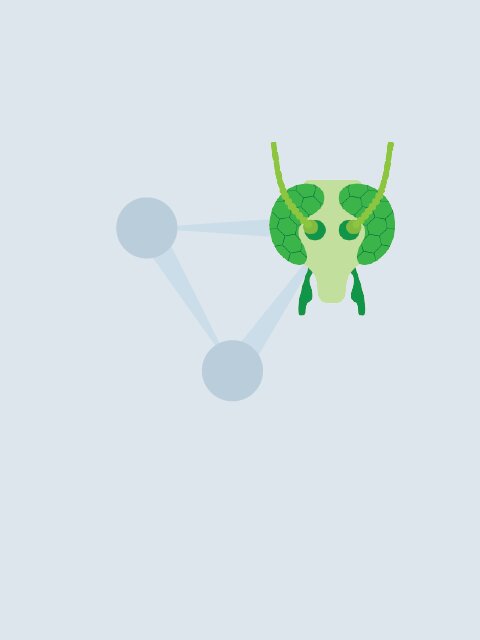
Professor
Yuval
Gottlieb
Interaction between bacterial symbionts, viruses and midges.
Midges ecology in dairy farms.

Dr
John
Graham-Brown
Veterinary parasites and vectors, diagnostics and surveillance

Mr
Elmer
Gray
We have maintained the only known colony of black flies (Simulium vittatum cytospecies IS-7) for the past 27 years. A wide variety of research projects have been conducted with specimens from this colony and eggs and adults are readily available for approved collaborators. Our particular interest is Commercial Research and Development associated with the biological larvicide Bacillus thuringiensis subsp. israelensis and larval feeding, although adult feeding studies are currently being conducted. I have also worked on three continents conducting and advising black fly suppression programs. This work includes personally operating a localized black fly suppression program for the past 24 years in the southeastern United States.

Mr
Yannick
Grimaud
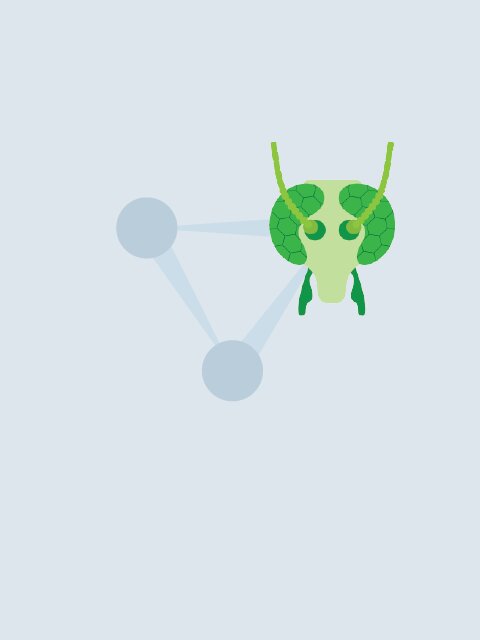
Dr
Helene
Guis
spatial epidemiology, distribution modelling and mapping, risk modelling and mapping, Culicoides, animal health, One Health,arboviruses, surveillance

Dr
Serafin
Gutierrez
- Ecology and evolution of arboviruses
- Community ecology of viruses associated to arthropod vectors
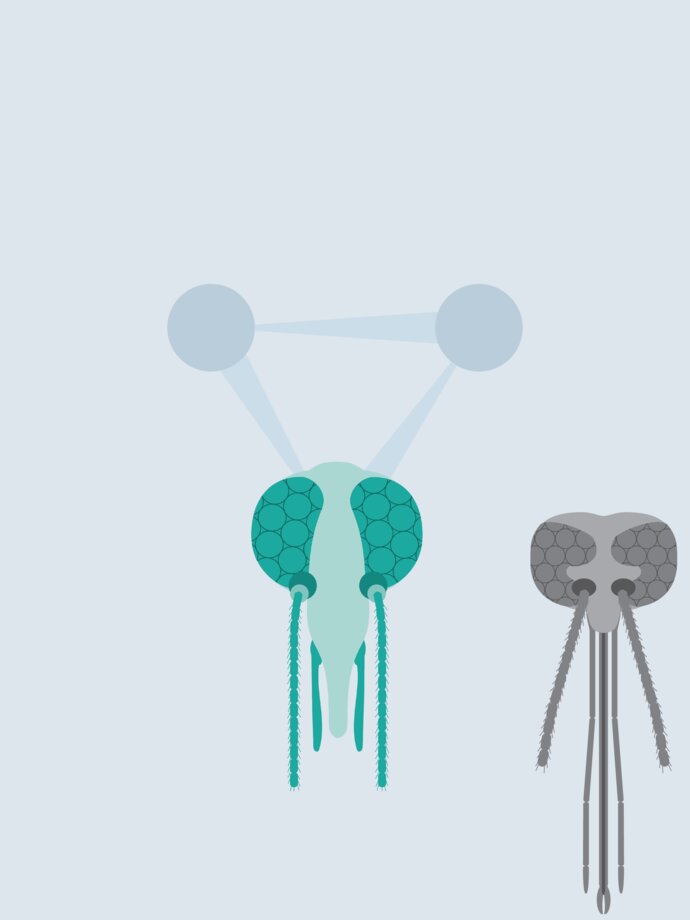
Nabil
HADDAD
Taxonomy of Sand flies, mosquitoes and Culicoides
Epidemiology of related diseases: Leishmaniasis, West Nile and other arboviruses
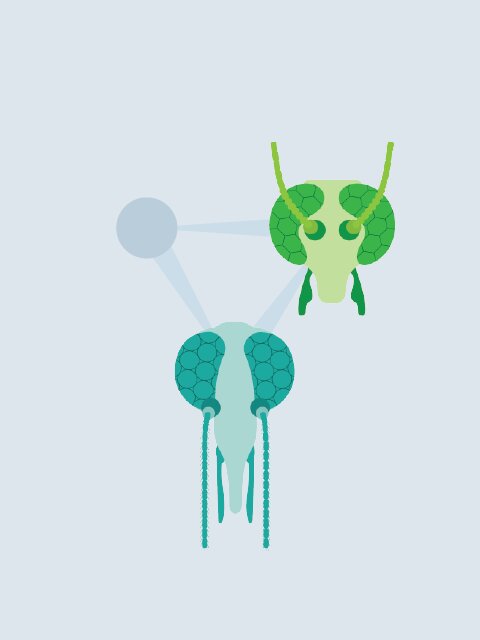
Dr
Daniel
Hagan
- Ultrastructure of Biting Midges and Sandflies
- Behavior of Biting Midges and Sandflies
- Ecology of saltmarsh breeding Biting Midges
- Insect attractants for Biting Midges

Dr
Lee
Haines
Vectors: tsetse, sand flies, kissing bugs, mosquitoes
Parasites: trypanosomes, leishmania
Viruses: Zika
Arthropod microbiota
Host-pathogen-symbiont interactions
Vector control
Insect immunology

Dr
Martin
Hall
Biology and behaviour, metamorphosis and immature development, visualising host-parasite interface
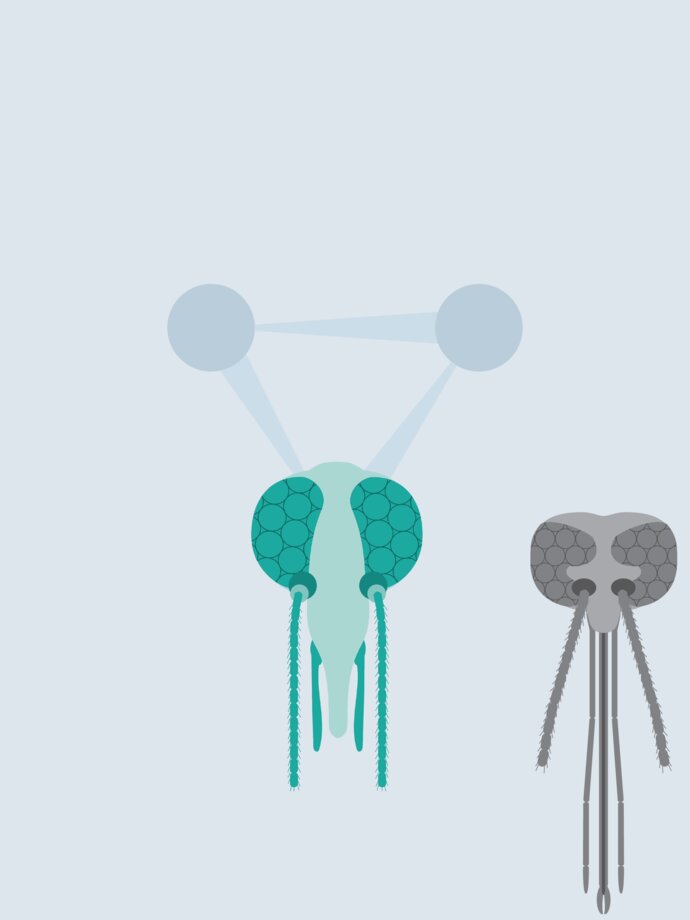
Dr
Mohammed
HAMMOU

Dr
Lara
Harrup
My research interests focus on combining field entomology and ecology with genetic and genomic characterisation of Culicoides to investigate vector-virus-host interactions for economically important arboviruses including bluetongue virus, African horse sickness virus, Schmallenberg virus and Oropouche orthobunyavirus. I specialise in high containment arbovirology studies and the establishment of vector surveillance networks and research projects in logistically difficult areas.

Dr
Rupa
Harsha
Bionomics of biting midges,bio systematics,insect microbiology,Laboratory rearing of important species of Culicoides and studying their life history traits
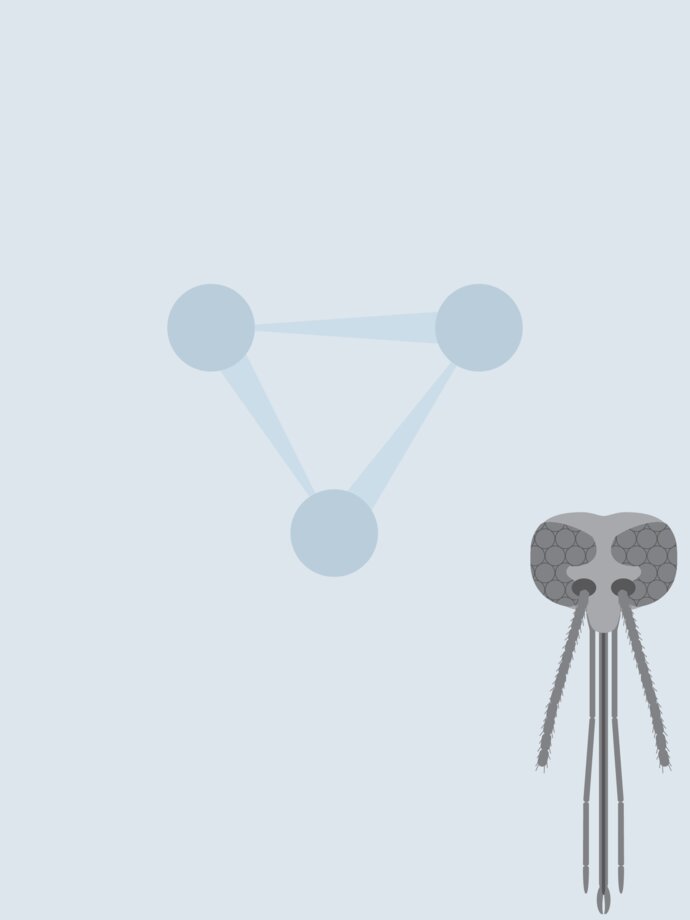
Dr
Frances
Hawkes
Vector behaviour, ecology, surveillance, and control.

Dr
Paul
Hebert
DNA-based identified systems for animal life, especially Arthropoda

Dr
Luis M.
Hernandez-Triana
Working with ACDP3/SAPO4 pathogens within Biosafety Level 3 (BSL3) facilities in order to carry out vector competence studies in arthropods (mosquitoes). This also includes the preparation of SOPs and Biological Risk Assessments as well as training junior staff.
Characterization of arboviruses of medical and veterinary importance (e.g., Zika virus, West Nile virus, Rift Valley Fever virus, Usutu virus, Batai virus, Japanese Encephalitis virus) for which I have experience in tissue cell culture for virus propagation and titration, RT qPCR, DNA/RNA extraction methods and sequencing as well as serological tests.
Management of arbovirus laboratory and insectary facilities within BSL3 as well as non-containment, and line management of junior staff.
Molecular approaches and application of non-destructive techniques for vector species delineation using genetic markers such as COI DNA barcoding, ITS2, as well as for the identification of host DNA within arthropod’s blood meals (Xenosurveillance).
Application of molecular techniques for pathogens detection in arthropods such as ticks, sand flies, and mosquitoes, e.g. Piroplasms, bacteria, tick borne encephalitis.
Preparation of scientific publications, grant applications, attending national and international meetings, establishment of international collaboration, and provision of consultancy in animal health as well as communication with DEFRA stakeholders and senior management.
Curatorial experience, and collection and field-based research towards the systematics of arthropods of medical/ veterinary importance (e.g., mosquitoes, ticks, black flies, sand flies) as well as of agricultural relevance (e.g., plant bugs, termites).
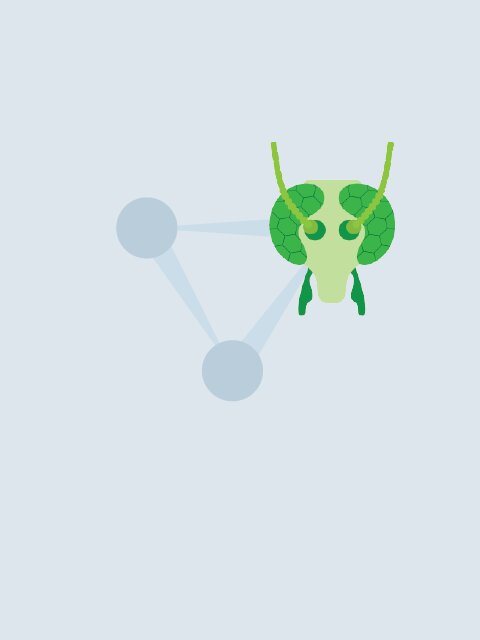
Dr
Andrew
Hope
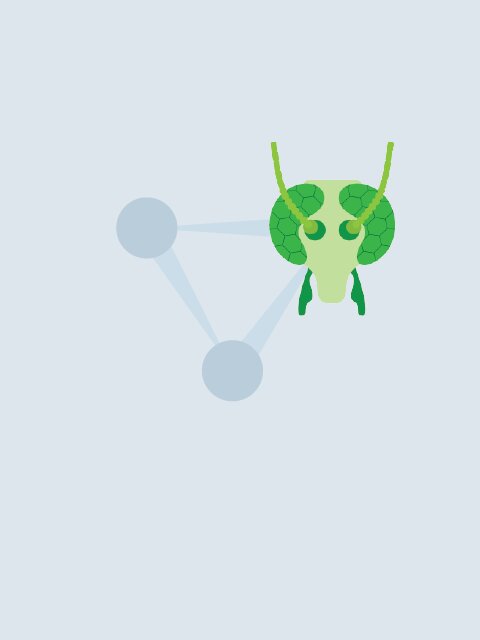
Dr
Matthew
Hopken
Phylogenetics
Population genetics
Evolutionary Biology
Ecology
Conservation Genetics
Genomics
metabarcoding/metagenomics

Professor
Richard
Hopkins
Insect Behaviour.
Host finding Behaviour
Insect oviposition

Mr
NAZMUL
HOQUE
Kala-azar or Visceral Leishmaniasis (VL) is a parasitic disease which has been recorded in South-East Asia during early 1800’s. It seems to have blowout along the Ganges and the Brahmaputra rivers, the major transport routs of Bengal and Bangladesh. In this area, Kala-azar was first described in 1824 in the Jessore district where about 75,000 people died. An intensive control program aimed at the eradication of malaria was mounted in the late 1950s and early 1960s throughout the South Asian sub-continent with the main effort based on indoor residual spraying (IRS) of DDT. Kala-azar is mainly caused by Leishmania donovani, L. infantum, or L. chagasi, but occasionally these species may cause other forms of disease. The cutaneous form of the disease is caused by more than 15 species of Leishmania.Leishmaniasis is mainly transferred by the bite of infected female phlebotomine sandflies which can transmit the protozoa Leishmania. This sandflies act as the vector.
VL is now endemic in many Bangladeshi areas, with the Mymensingh district representing over 50% of the cases. There is substantial underreporting. In 2007, the estimated number of active cases was 136,500. However, less than 5,000 cases were reported that same year. The estimated incidence of VL, according to recent studies, is 15.6/1,000 person-years in Fulbaria and 27/10,000 population in Godagari and Rajshahi.
A survey, conducted in 2006-2007, showed that when seeking care outside the community, 52% of patients made use of the public sector, 13% used poorly trained private practitioners and 28% used local chemists in order to obtain treatment. The awareness of VL is very low. Generally, in communities, VL is seen as ‘any fever that cannot be cured by the local drug sellers’.
As sandflies play a significant role in spreading the dangerous VL disease in different parts of Bangladesh, so this alarming rate of occurring VL in Bangladesh lead me to fix the mind setup to work with sand flies.
Kala-azar or Visceral Leishmaniasis (VL) is a parasitic disease which has been recorded in South-East Asia during early 1800’s. It seems to have blowout along the Ganges and the Brahmaputra rivers, the major transport routs of Bengal and Bangladesh. In this area, Kala-azar was first described in 1824 in the Jessore district where about 75,000 people died. An intensive control program aimed at the eradication of malaria was mounted in the late 1950s and early 1960s throughout the South Asian sub-continent with the main effort based on indoor residual spraying (IRS) of DDT. Kala-azar is mainly caused by Leishmania donovani, L. infantum, or L. chagasi, but occasionally these species may cause other forms of disease. The cutaneous form of the disease is caused by more than 15 species of Leishmania.Leishmaniasis is mainly transferred by the bite of infected female phlebotomine sandflies which can transmit the protozoa Leishmania. This sandflies act as the vector.
VL is now endemic in many Bangladeshi areas, with the Mymensingh district representing over 50% of the cases. There is substantial underreporting. In 2007, the estimated number of active cases was 136,500. However, less than 5,000 cases were reported that same year. The estimated incidence of VL, according to recent studies, is 15.6/1,000 person-years in Fulbaria and 27/10,000 population in Godagari and Rajshahi.
A survey, conducted in 2006-2007, showed that when seeking care outside the community, 52% of patients made use of the public sector, 13% used poorly trained private practitioners and 28% used local chemists in order to obtain treatment. The awareness of VL is very low. Generally, in communities, VL is seen as ‘any fever that cannot be cured by the local drug sellers’.
As sandflies play a significant role in spreading the dangerous VL disease in different parts of Bangladesh, so this alarming rate of occurring VL in Bangladesh lead me to fix the mind setup to work with sand flies.

Mr
Md. Shahadat
Hossain
Interested to work with vectors and vector borne diseases

Mr
Md. Sahadat
Hossain
Kala-azar or Visceral Leishmaniasis (VL) is a parasitic disease which has been recorded in South-East Asia during early 1800’s. It seems to have blowout along the Ganges and the Brahmaputra rivers, the major transport routs of Bengal and Bangladesh. In this area, Kala-azar was first described in 1824 in the Jessore district where about 75,000 people died. An intensive control program aimed at the eradication of malaria was mounted in the late 1950s and early 1960s throughout the South Asian sub-continent with the main effort based on indoor residual spraying (IRS) of DDT. Kala-azar is mainly caused by Leishmania donovani, L. infantum, or L. chagasi, but occasionally these species may cause other forms of disease. The cutaneous form of the disease is caused by more than 15 species of Leishmania. Leishmaniasis is mainly transferred by the bite of infected female phlebotomine sandflies which can transmit the protozoa Leishmania. This sandflies act as the vector.
VL is now endemic in many Bangladeshi areas, with the Mymensingh district representing over 50% of the cases. There is substantial underreporting. In 2007, the estimated number of active cases was 136,500. However, less than 5,000 cases were reported that same year. The estimated incidence of VL, according to recent studies, is 15.6/1,000 person-years in Fulbaria and 27/10,000 population in Godagari and Rajshahi.
A survey, conducted in 2006-2007, showed that when seeking care outside the community, 52% of patients made use of the public sector, 13% used poorly trained private practitioners and 28% used local chemists in order to obtain treatment. The awareness of VL is very low. Generally, in communities, VL is seen as ‘any fever that cannot be cured by the local drug sellers’.
As sandflies play a significant role in spreading the dangerous VL disease in different parts of Bangladesh, so this alarming rate of occurring VL in Bangladesh lead me to fix the mind setup to work with sand flies. The Relative abundance, Identification, Ecology, Monitoring and Management of sandflies can be a good topic for conducting research.

Dr
Emma
Howson
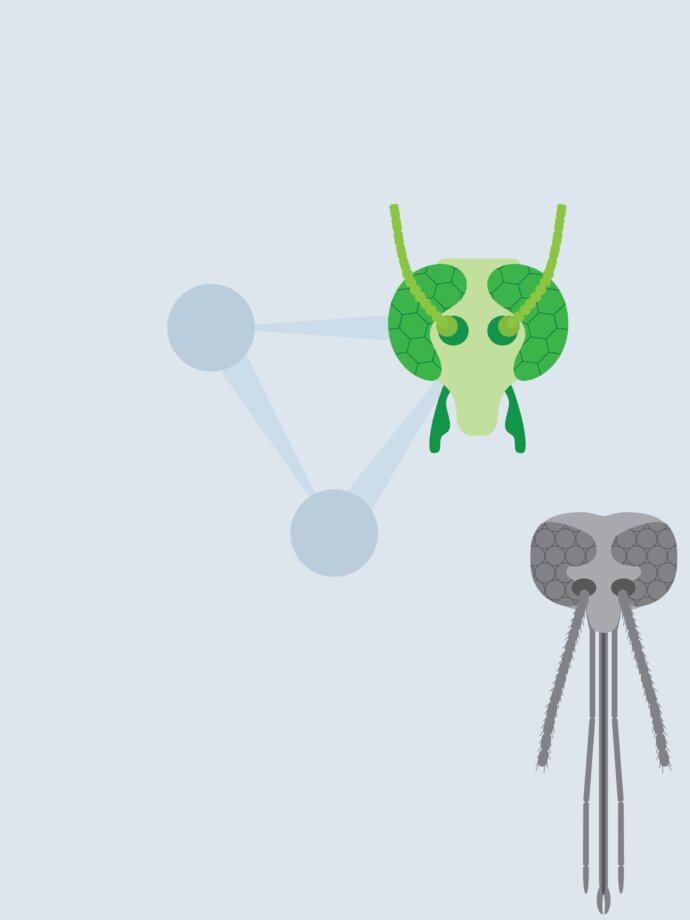
Dr
Lawrence
Hribar
Control, life history, geographic distribution, morphology

Karine
HUBER
Population genetics and phylogeography on mosquitoes, hard ticks and Culicoides
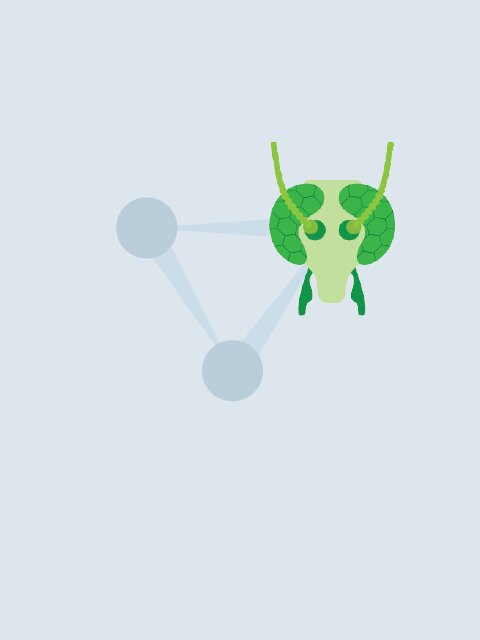
Dr
H. Joel
Hutcheson
Geographical Distribution
Vector Competence
Arthropod-borne diseases of veterinary importance

Mr
Jay
Hutchison
Interested in midge and mosquito behaviour. Especially in relation to repellents and insecticides.

Dr
Shariful
Islam
One Health, Wildlife Health, Vector Born Zoonotic Disease

Mr
Md. Alimul
Islam
Kala-azar or Visceral Leishmaniasis (VL) is a parasitic disease which has been recorded in South-East Asia during early 1800’s. It seems to have blowout along the Ganges and the Brahmaputra rivers, the major transport routs of Bengal and Bangladesh. In this area, Kala-azar was first described in 1824 in the Jessore district where about 75,000 people died. An intensive control program aimed at the eradication of malaria was mounted in the late 1950s and early 1960s throughout the South Asian sub-continent with the main effort based on indoor residual spraying (IRS) of DDT. Kala-azar is mainly caused by Leishmania donovani, L. infantum, or L. chagasi, but occasionally these species may cause other forms of disease. The cutaneous form of the disease is caused by more than 15 species of Leishmania. Leishmaniasis is mainly transferred by the bite of infected female phlebotomine sandflies which can transmit the protozoa Leishmania. This sandflies act as the vector.
VL is now endemic in many Bangladeshi areas, with the Mymensingh district representing over 50% of the cases. There is substantial underreporting. In 2007, the estimated number of active cases was 136,500. However, less than 5,000 cases were reported that same year. The estimated incidence of VL, according to recent studies, is 15.6/1,000 person-years in Fulbaria and 27/10,000 population in Godagari and Rajshahi.
A survey, conducted in 2006-2007, showed that when seeking care outside the community, 52% of patients made use of the public sector, 13% used poorly trained private practitioners and 28% used local chemists in order to obtain treatment. The awareness of VL is very low. Generally, in communities, VL is seen as ‘any fever that cannot be cured by the local drug sellers’.
As sandflies play a significant role in spreading the dangerous VL disease in different parts of Bangladesh, so this alarming rate of occurring VL in Bangladesh lead me to fix the mind setup to work with sand flies.

Mr
Ashraful
Islam

Dr
Maribel
Jiménez
Molecular biology and other studies applied mainly to the model of Leishmania infantum and its vector Phlebotomus perniciosus.

Dr
Robert
Jones
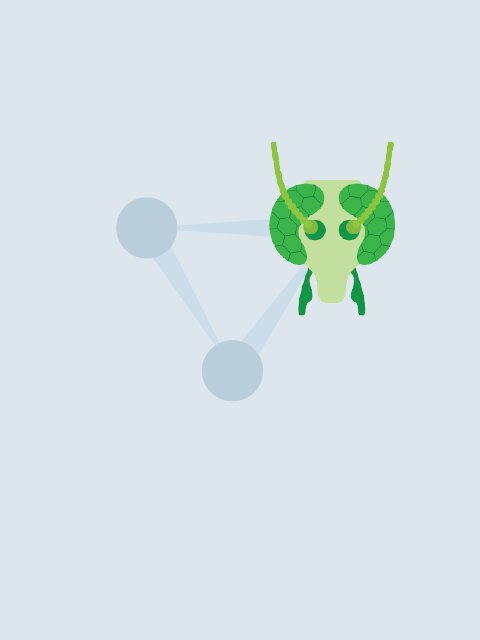
Miss
Alice
Jones
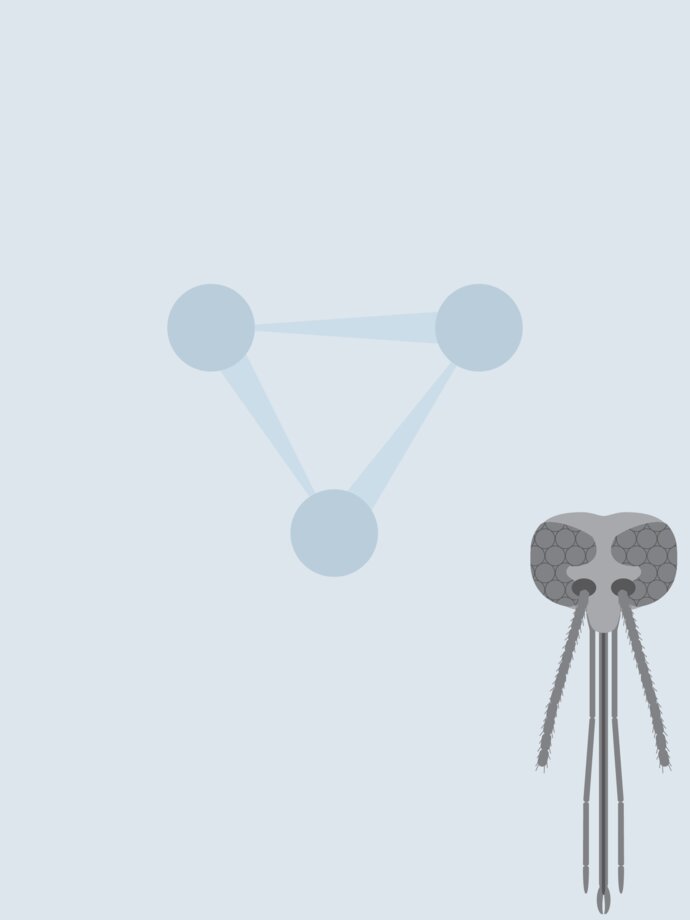
Miss
Laura
Jones

Mr
Hmooda
Kafy
My career for sand flies is early but for others such as mosquitoes well established
Vector ecology, biology , identification and vector control including vector surveillance and monitoring of insecticides resistance

Mr
Surajit
Kar
I am working with ecology of biting midges (Diptera: Ceratopogonidae).

Dr
Md. Rezaul
Karim
I am Md. Rezaul Karim, Scientific Officer of Animal Health Research Division, Bangladesh Livestock Research Institute (BLRI), Dhaka, Bangladesh. I have completed Doctor of Veterinary Medicine (DVM) & Master of Science (MS) in Microbiology in English medium from Bangladesh Agricultural University.
I have taken part in the training course on PCR, real-time PCR, Genome sequencing & Gene expression, Bioinformatics and Laboratory quality management system. I am skilled in Cell culture, Embryo inoculation, PCR, RT-PCR, Real-Time PCR, Gel electrophoresis, ELISA, HA, HI, Sequencing, Sequence analysis and Phylogenetic analysis.
My Research Interest: Vectore borne zoonotic diseases, Antimicrobial Resistance, Genetic diversity, Comparative genomics, Computational metagenomics, Genome evolution, Next-generation DNA sequencing

Mr
Rajaul
Karim
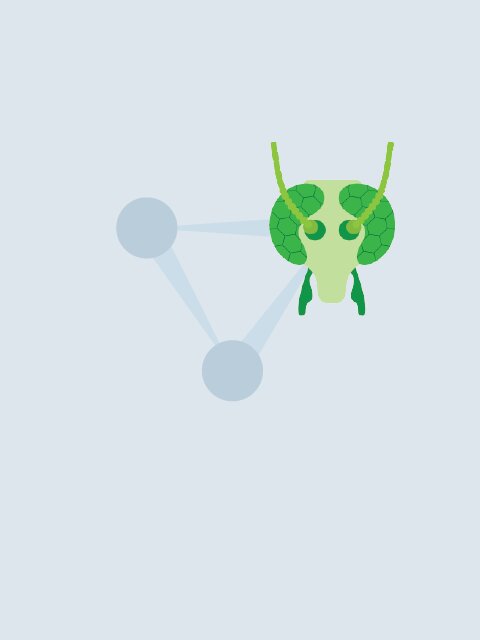
Mr
Debabrata
Karmakar
Biology of Culicoides

Mr
SUMAN
KARMAKAR
I want to focus on the fact that gut harboring microbiota of sandflies have positive or negative effect on Leishmania development.

Mr
SUMAN
KARMAKAR
Screening of microbial populations in sand-fly (vector and non-vector) gut in Visceral Leishmaniasis endemic and non-endemic regions and evaluating their interaction with gut harboring parasite.
Identification of the most suitable species of bacteria as therapeutic lead against Leishmaniasis.
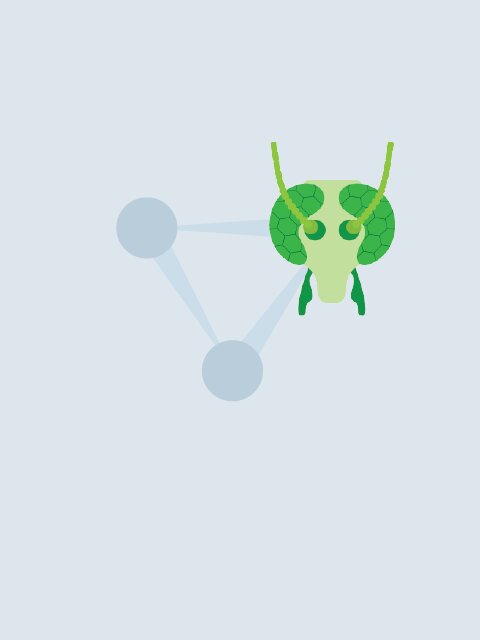
Miss
Tahura
Khanam
My research interest is on virology especially which are vector transmitted.Although my thesis topic was in Bluetongue virus which is culicoides transmitted disease in sheep.
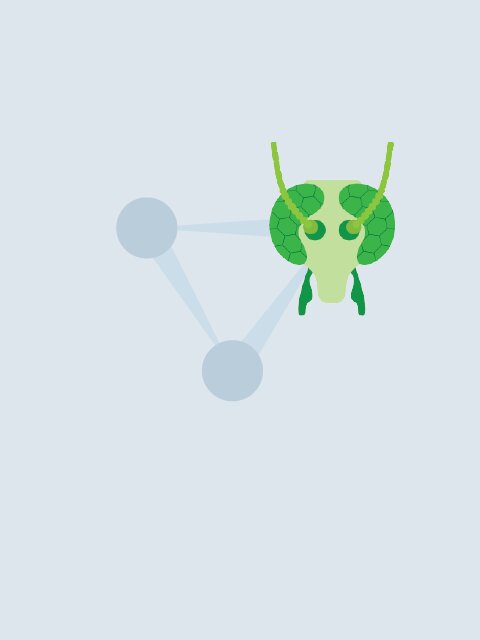
Dr
Simon
King

Dr
Georgia
Kirby
Simulium and Culicoides ecology, avian malaria transmission and interactions with Wolbachia.

Dr
Daniel
Kline
Behavior, biology, ecology, trapping, surveillance, chemical ecology, attractants, spatial repellents and population management.

Dr
Georgette
Kluiters
A veterinary epidemiologist and entomologist specialising in the biology and control of insect vectors of livestock diseases.
I have a strong veterinary science background with a PhD in veterinary epidemiology and entomology, more specifically in relation to the livestock disease bluetongue, and its midge vectors. Experienced in designing and undertaking field-studies on disease vectors, including their ecology, flight dynamics and feeding behaviour as well as both morphological and molecular identification of these insects and their blood meals.
Previously worked as a postdoctoral research associate on a BBSRC-funded project which aimed to improve projections for the future of bluetongue and its vectors under scenarios of climate and environmental change.
Currently a BBSRC Future Leader Fellow determining the effect of a parasitic worm on the life history characteristics, vector competence and survival of insects that transmit economically important viruses to livestock - thereby assessing their potential as biological control agents.

Dr
Lassane
Koala
I am interested in developing new tools for surveillance and control of vectors of onchocerciasis and other NTDs like Lymphatic filariasis and Human trypanosomiasis. My country to begin the process of elimination of onchocerciasis but we face many challenges including the cross-border migration of infested blackflie, the migration of human populations carrying parasites, and the difficulty to achieve therapeutic coverage rates because socio-economic factors. In addition there are still areas where onchocerciasis and lymphatic filariasis are co-endemic. As a medical entomologist, I am looking to improve or develop new vector control tools in order to contribute to the elimination of NTDs.

Dr
DABIRE
Kounbobr Roch
- Vector ecology and control (malaria, FL and dengue vectors)
-Vectors of NTD: sandflies, black flies (vector dynamics, disease transmission, support of national control programmes of Onchocerciasis, Leishmaniasis)
- Traps development

Mojca
Kristan
So far, my research has been on malaria vectors , insecticide resistance, parasite-vector interactions and malaria transmission. However, I will now try to use some of this knowledge and apply it in research on sandflies and biting midges.

Dr
Andreas
Krüger
Vector taxonomy, faunistics, molecular phylogeny, blackly cytotaxonomy, Africa